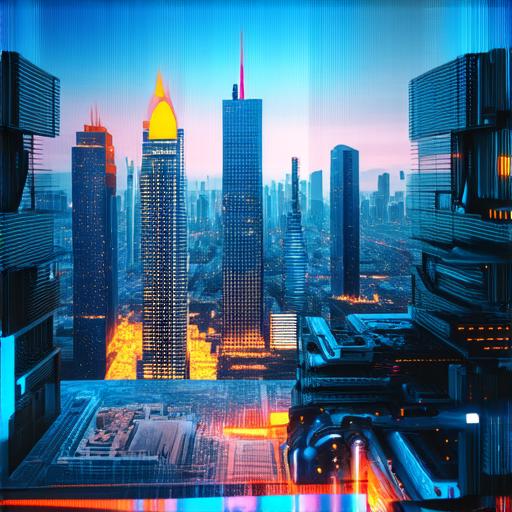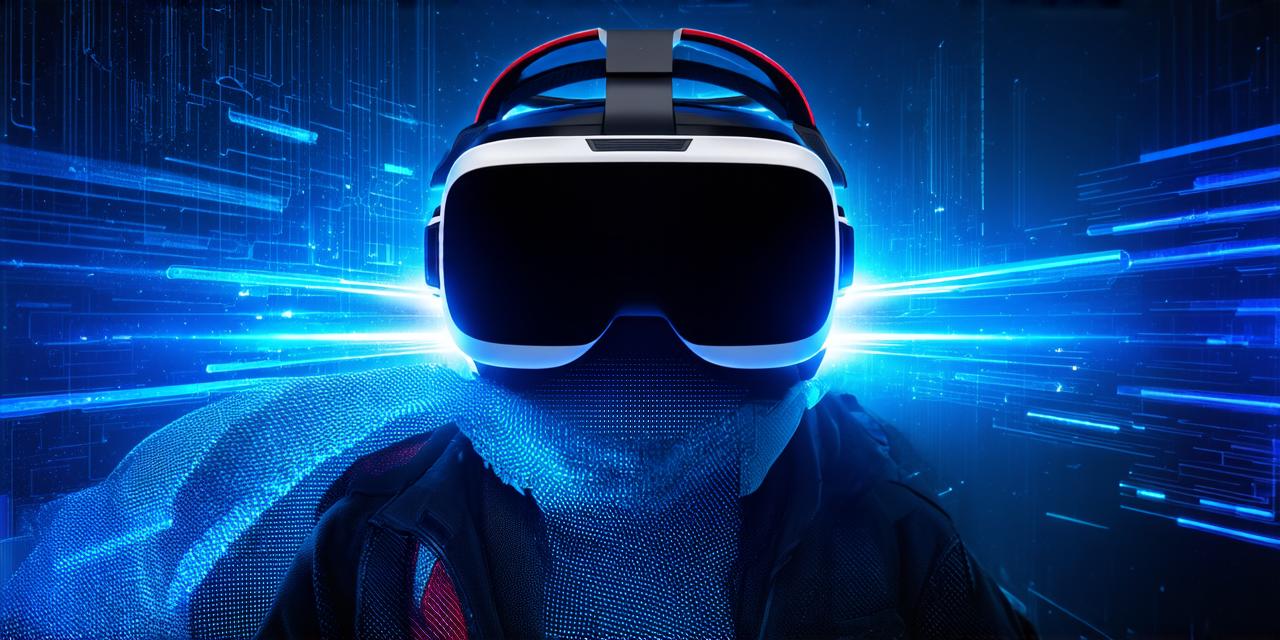Virtual reality (VR) technology is rapidly evolving, and it’s already having a significant impact on various industries such as gaming, healthcare, education, and more. As VR continues to advance, developers are constantly exploring new ways to create immersive experiences for users.
Virtual Reality Technology Overview
Virtual reality technology involves creating a simulated environment that immerses the user in a 3D world. This is typically achieved using a head-mounted display (HMD) or other devices such as handheld controllers, gloves, and sensors. The VR experience is created by capturing images and videos of the real world or creating them from scratch using computer-generated graphics.
One of the key advancements in VR technology has been the development of wireless HMDs, which allows for more freedom of movement and reduces the risk of tangled cords. Another important development is the use of haptic feedback devices such as gloves or vests, which provide tactile sensations that make the VR experience even more immersive.
The Potential Applications of Virtual Reality Technology
Virtual reality technology has a wide range of potential applications across various industries. Here are some examples:
-
Gaming
-
Healthcare
-
Education
-
Architecture
-
Tourism
The Future of Virtual Reality Technology
Virtual reality technology is constantly evolving, and there are several trends that are likely to shape its future. Here are some key developments:
-
Wireless VR headsets
-
Improved graphics and displays
-
Haptic feedback devices
-
Augmented reality (AR) integration
-
Artificial intelligence (AI) integration

The Importance of User Experience in Virtual Reality Technology
User experience is critical to the success of any VR application. Users expect seamless and immersive experiences, so developers must prioritize user experience when creating VR applications. This includes optimizing performance for smooth gameplay or therapy sessions, providing intuitive controls, and designing interfaces that are easy to navigate.
Real-Life Examples of Virtual Reality Technology in Action
Virtual reality technology is already being used in various industries, and there are many real-life examples of its applications. Here are some examples:
-
The virtual tourism industry
-
Virtual reality therapy for mental health disorders
-
Virtual reality training for emergency responders
FAQs
What are some common uses of virtual reality technology?
Virtual reality technology is used in various industries such as gaming, healthcare, education, architecture, and tourism.
What types of devices are used for VR experiences?
Virtual reality experiences can be created using various devices such as head-mounted displays (HMDs), handheld controllers, gloves, and sensors.
How is virtual reality technology likely to evolve in the future?
Virtual reality technology is likely to see improvements in graphics and displays, wireless VR headsets, haptic feedback devices, augmented reality integration, and artificial intelligence integration.
What are some real-life examples of virtual reality technology in action?
Virtual reality technology is being used in various industries such as virtual tourism, mental health therapy, emergency responder training, and more.
Summary
Virtual reality technology is already having a significant impact on various industries, and it’s only set to become more advanced in the future. Developers have an opportunity to explore new ways to create immersive experiences for users across a wide range of applications. By prioritizing user experience and leveraging the latest technologies, developers can create innovative and engaging VR applications that will shape the future of this rapidly evolving industry.
